Graupner Bell 230 Conversion
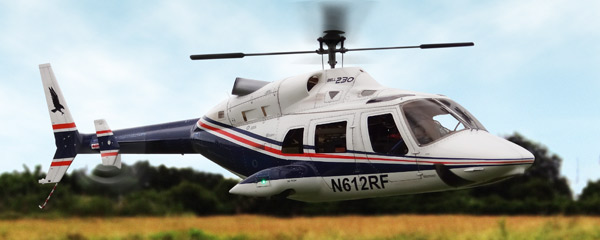
Written by Bob Fiorenze Model Aviation digital exclusive for ModelAviation.com Digital exclusive for the December 2012 Model Aviation tablet app.
The full-scale Bell 230 is a twin-engine, 10-seat, light utility helicopter produced by the US manufacturer, Bell Helicopter Textron. Its first flight was on August 12, 1991.
Powered by twin 700-hp Rolls-Royce 250-C30G/2 engines, its output is at 100% of rating at 9598 engine rpm. Two independent drive shafts deliver power from the engines to the transmission. The Bell 230’s Allison engine-exhaust stacks are located high on the cowling. The fuel is stored in three tanks—one in the fuselage and one in each sponson. The main rear landing gear retracts into the sponsons.
The design includes two main rotor blades of stainless-steel and fiberglass construction, and a rotor hub with lubricant-free Elastomeric bearings. The system’s design is similar to that used by the AH-1 Cobra. Main rotor blade speed at 100% engine speed is 348 rpm.
The cabin holds a maximum of 10 people with one or two pilots and eight or nine passengers. Seating configurations include standard seating for 10, and the optional executive seating for up to two pilots and seating for up to six passengers.
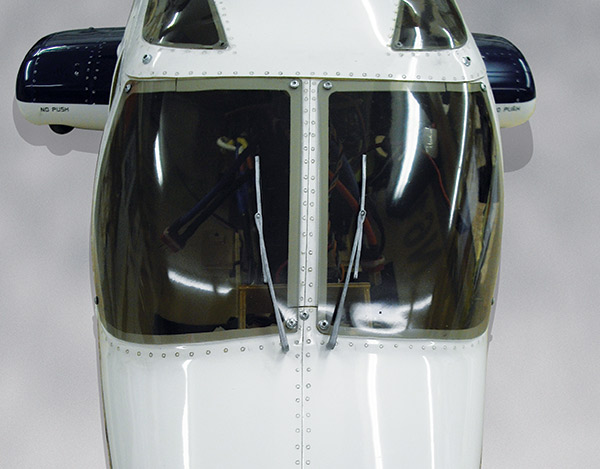
The Bell 230 is usually flown by a single pilot (optional dual controls are available), and can be configured for corporate/executive, emergency medical, or utility transport missions.
The 230 had an optional skid or wheel undercarriage. Production ended in 1995, with 38 built. It was replaced in Bell’s lineup by the stretched, more powerful Bell 430.
The RC model Bell 230 started out as a Graupner/Heim white gel-coat fiberglass fuselage kit. It is 74 inches long with blades extended, 17 inches wide, and 18 inches tall. The kit comes with plywood formers for the nitro version, complete retract landing gear, wheels, decals and an instruction booklet.
Because I planned to convert it to electric power, I didn’t need any of the plywood formers and fabricated some new ones for the conversion. I am using the Miniature Aircraft Ion, which is an electric version of the company’s .90-size helicopter.
The motor is an Actro 32-3 with a Castle Creations Ice 120 HV speed controller. Rotor blade length is 700mm semisymmetrical.
Two Thunder Power 5S 3,800 mAh batteries provide power. The final flying weight is 12 pounds.
For guidance, I am using a JR 9303 radio with 2.4 GHz. Flight duration with the electric system is approximately 5 to 6 minutes, depending on how hard you lean on the throttle.
I installed a lighting system purchased from Dreamworks. It uses Luxeon Emitters instead of LEDs and requires a 2s (7.2-volt) LiPo battery for power supply. They are incredibly bright and can be seen in the brightest sunlight. The Bell uses eight lights for navigation, position, and strobes.
Click here or the individual thumbnails to below to see the conversion process.


































MODEL DETAILS
Motor: Actro 32-3 outrunner
ESC: Castle Creations Ice 120 HV
Batteries: Two Thunder Power five-cell 3800 mAh 65C
Main blades: Spin 700 mm carbon fiber
Tail blades: Stock Miniature Aircraft Ion kit
Radio system: JR 9303 2.4 GHz
Servos: Cyclic JR 4735; tail rotor JR8900G
Receiver battery: JR 1500 mA Ni-Cd
Gyro/governor: JR G-770
Accessories: Retractable landing gear, lights
Modifications: Electric power conversion
Ready-to-fly weight: 13 pounds
Flight duration: 5 to 6 minutes
FULL-SCALE SPECIFICATIONS
Height: 11 feet, 8 inches
Fuselage length: 42 feet, 3 inches
Rotor diameter: 42 feet
Length overall: 50 feet, 3 inches
Engines: 700 hp
Maximum speed: 161 mph
Climb rate: 1,600 feet per minute
Service ceiling: 15,500 feet
Hover ceiling: 12,400 feet
Fuel capacity: 188 US gallons
Range: 434 miles
Empty weight: 5,097 pounds
Maximum takeoff weight: 8,400 pounds
SOURCES:
Miniature Aircraft USA
(406) 245-4883
www.miniatureaircraftusa.com
Castle Creations
(913) 390-6939
www.castlecreations.com
Thunder Power RC
(702) 228-8883
www.thunderpowerrc.com
JR Radios
(800) 338-4639
www.jrradios.com
Dreamworks Model Products LLC
(386) 852-4793
www.dreamworksrc.com
Graves RC
4814 North Orange Blossom Trail Orlando, FL 32810
(407) 294-5699
Similar Articles
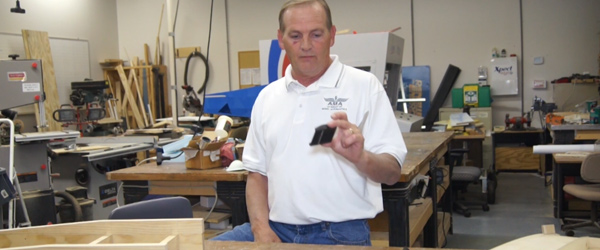 | Scratch Build Tool Kit Video with Greg Hahn A video supplement to Project Scratch Build feature on page 38 of the June 2012 issue. Online exclusive video featuring must have tools for any scratch builder. |
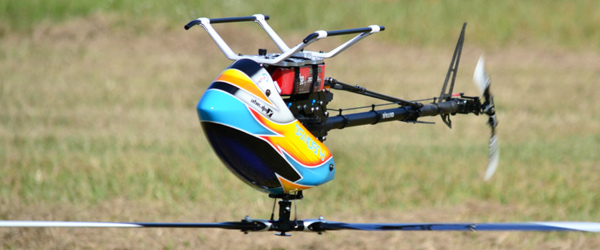 | Orlando Helicopter Blowout Written by Andrew Griffith. Find the entire feature on page 31 in the June 2012 issue.Over 300 online exclusive photos. |
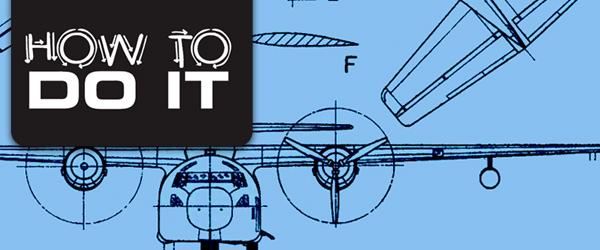 | Designing in Cad Written by David Walker. Find the entire feature on page 31 in the August 2011 issue.Read an abridged summary as well as download free CAD software. |










5 comments
Bobs article
detail
Graupner Bell 230 conversion
Video
Masking and custom painting
Add new comment